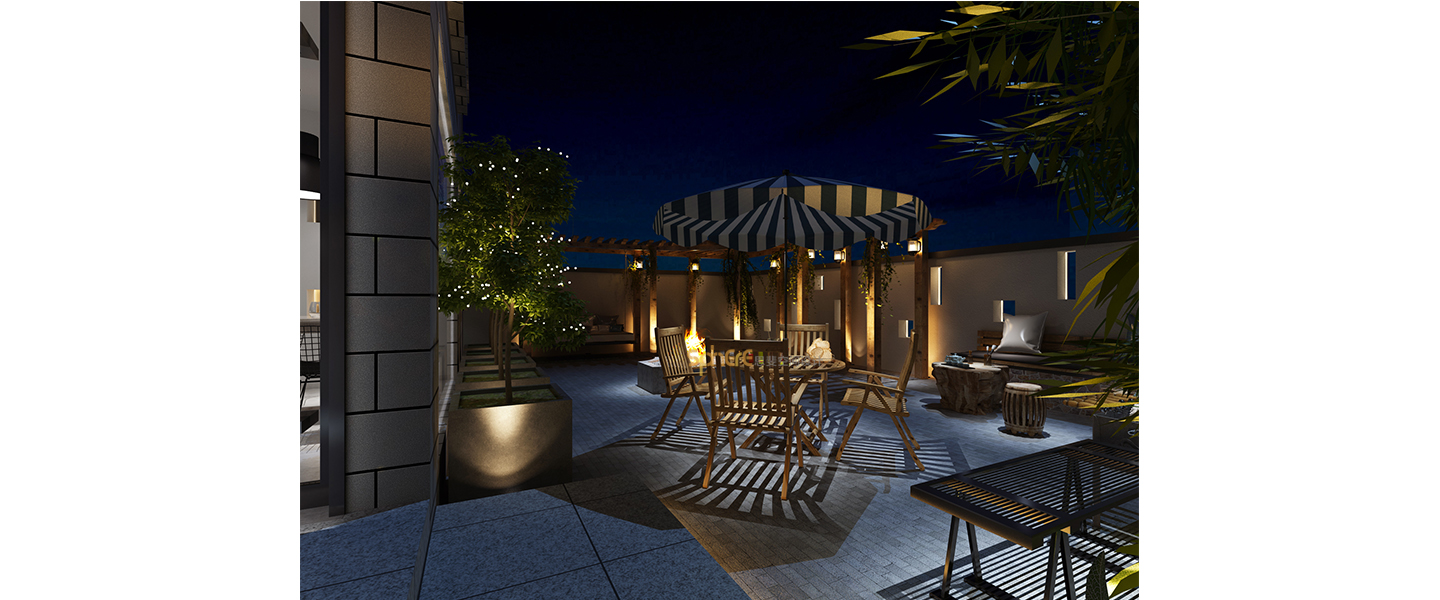Pago de Carraovejas Winery Estudio Amas4arquitectura
2013-01-28 00:00
架构师提供的文本描述。这个项目是一系列作品的一部分,我们试着去探索一个巨大的,它解放了空间,把没有做的事情变成了主要的焦点。整个建筑是由这个空白处以露台、减法或空隙的形式连接起来的。日光通过间接和奇异的开口分布。结构是以封闭的形式通过大的表面构件来解决的。这种承载质量积累提供了一些自由的正面,以安排阴影和透明的奇异塑性值。具体的,以不同的音调,使得有可能的连续性,以打开重要的空隙。
Text description provided by the architects. This project is part of a series of works where we tried to look into a massiveness which liberated space and turned what isn't done into the main focus. The whole building is articulated by this blank space in the shape of patios, subtractions or voids. Daylight is distributed through indirect and singular openings. Structure is resolved through big superficial components in the form of enclosure. This bearing mass accumulation gives some freedom on facade to arrange shades and transparencies of a singular plastic value. Concrete, in different tones, makes possible that wished continuity on which to open significant voids.
© José María Díez Laplaza
整个扩建帕果·德·卡拉奥韦哈斯的提议都是为了保留酒厂诞生的老房子,并用新的建筑把它们包围起来。它的山坡位置允许一个重力流酿酒厂。葡萄在上层接受,发酵在中间水平进行,老化和运输都位于较低的水平。因此,葡萄酒老化的场所,在白色混凝土,埋在斜坡上,而有代表性的地方,在葡萄色混凝土,春天,以捕捉令人惊叹的景观,由培尼亚菲埃尔城堡,就在葡萄酒的葡萄园中间。
The whole proposal for the extension of Pago de Carraovejas sought to keep the old premises where the winery was born and envelop them with the new constructions. Its hillside location allows a gravity—flow winery. Grapes are received at the upper floor, fermentation takes place at the intermediate level and both aging and shipment are located at the lower one. Thus, premises for wine aging, in white concrete, are buried in the slope, while the representative ones, in grape colour concrete, spring up to catch the stunning landscape dominated by Peñafiel Castle, just in the middle of winerys vineyards.
© José María Díez Laplaza
游客和行政建筑构成了酒厂的外部形象,他们利用场地的地形,在不同的层次上形成了一套室外空间。这样就有可能根据生产需要区分存取。宽的露台和悬臂放置在两个平行的平面之间,形成正面,给玻璃外壳以阴影。景观是从这些观景甲板的引线和框架,显示周围的景观由建筑划定。
Visitors and administration buildings constitute the external image of the winery They use the topography of the site to articulate a set of outdoor spaces at different levels. This way its possible to differentiate accesses according to production necessities. Wide terraces and cantilevers placed between two parallel planes, which form the facades, give shade to the glass enclosure. Views are lead and frame from these viewing decks, showing a surrounding landscape delimited by architecture.
© José María Díez Laplaza
一个均匀的整理,混凝土在红酒中着色,统一了不同的用途,并给予内部和外部的一些温暖。一种拜耳颜料以2%的速度加入到规定的混凝土混合料中,这个比例是制造商经过一些研究后给出的。混合水采用渗透法净化,以避免渗出。另一个重要的细节是使用相同色调的混凝土杜比,因此去除模板后没有留下任何痕迹。
A homogeneous finishing, concrete coloured in red-wine, unifies different uses and gives some warmth both inside and outside. A Bayer pigment was added to a prescribed concrete mix at a rate of 2%, a percentage given by the manufacturer after some research. Mixing water was purified by osmosis in order to avoid efflorescences. Another important detail was using concrete dobies coloured in the same tone so no marks were left after removing formworks.
© José María Díez Laplaza
橡木桶遍布整个建筑,覆盖着非工业空间的天花板和地板。该项目采用简单的节能资源,如水、生态屋顶、天然材料、可调节的外部太阳能遮阳、厚壁和通风天花板。
Oak wood from barrels spreads across the building covering ceilings and floors of non-industrial spaces. The project incorporates simple energy saving resources such as sheets of water, ecological roofs, natural materials, adjustable external solar shades, thick walls and ventilated ceilings.
 举报
举报
别默默的看了,快登录帮我评论一下吧!:)
注册
登录
更多评论
相关文章
-

描边风设计中,最容易犯的8种问题分析
2018年走过了四分之一,LOGO设计趋势也清晰了LOGO设计
-

描边风设计中,最容易犯的8种问题分析
2018年走过了四分之一,LOGO设计趋势也清晰了LOGO设计
-

描边风设计中,最容易犯的8种问题分析
2018年走过了四分之一,LOGO设计趋势也清晰了LOGO设计


































































































